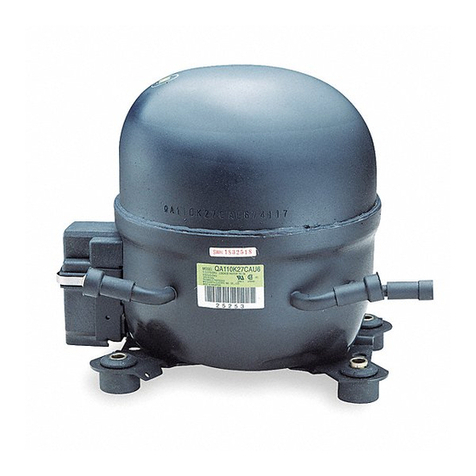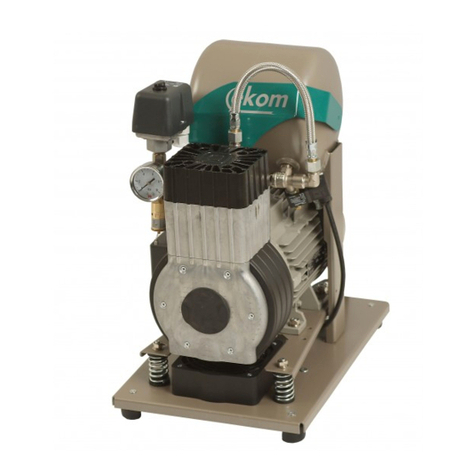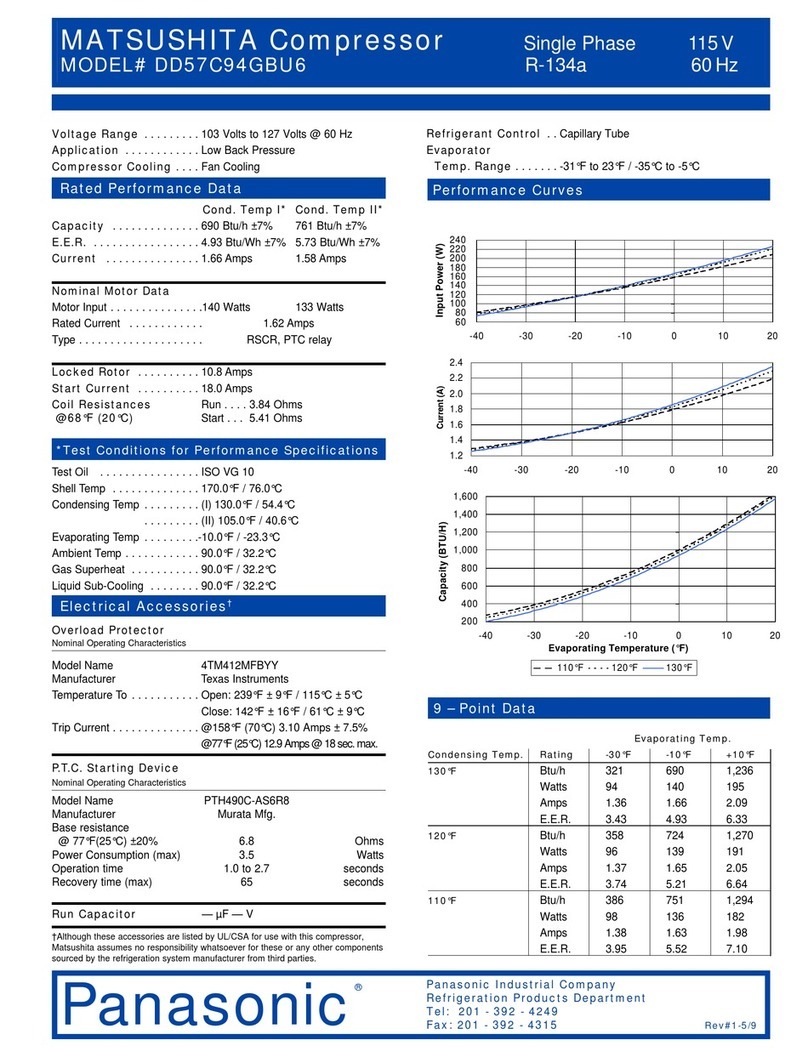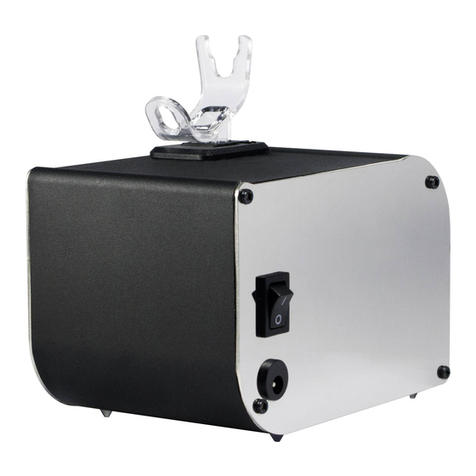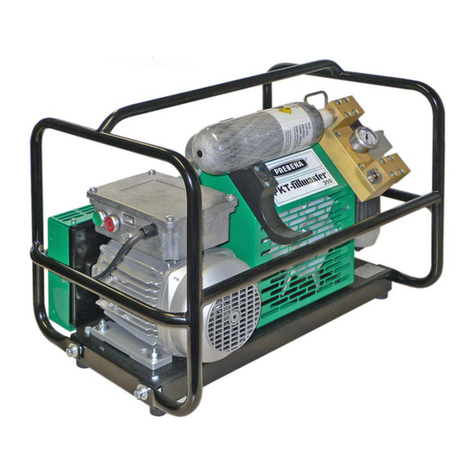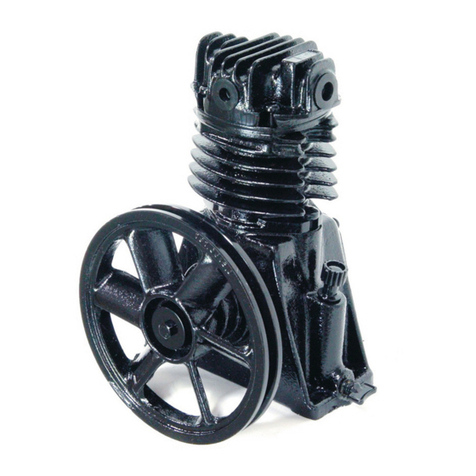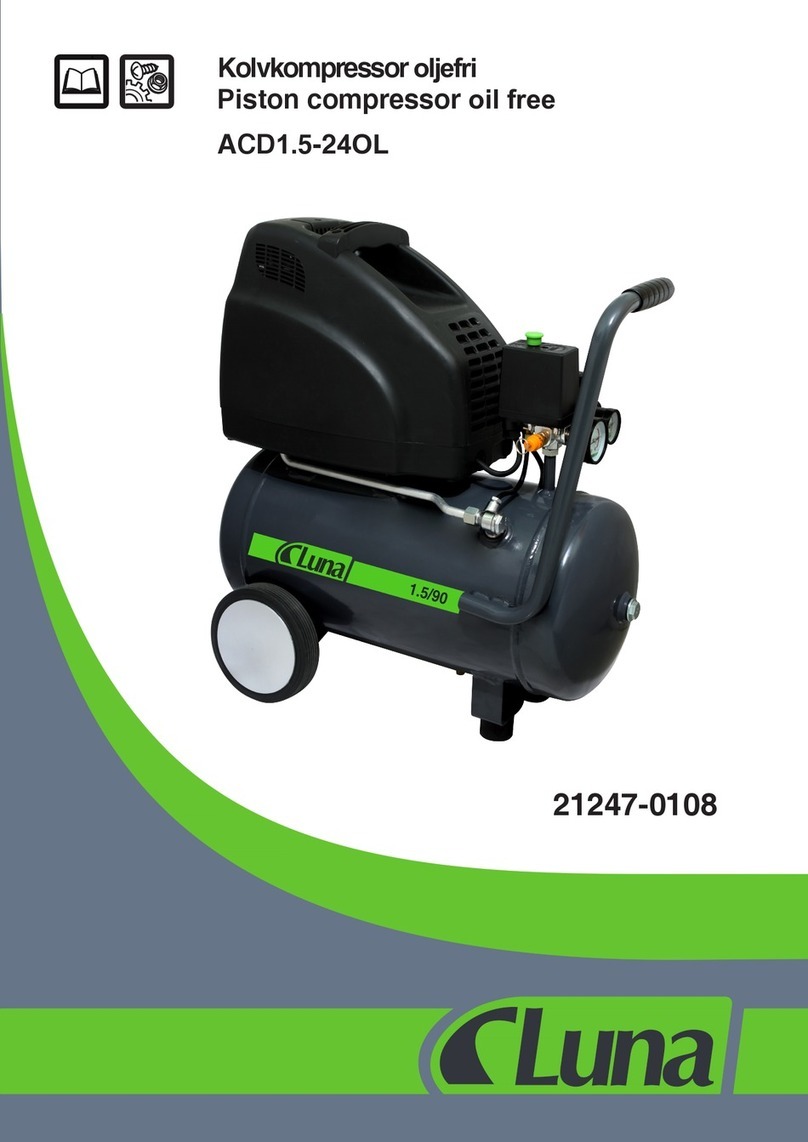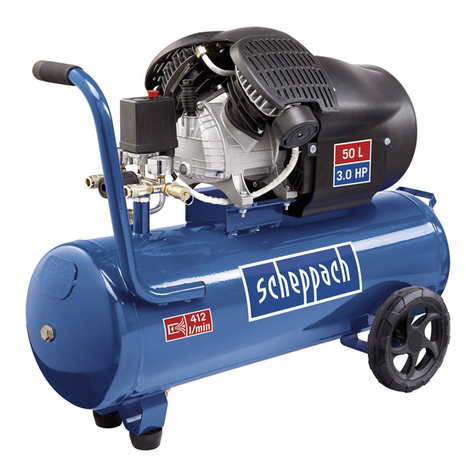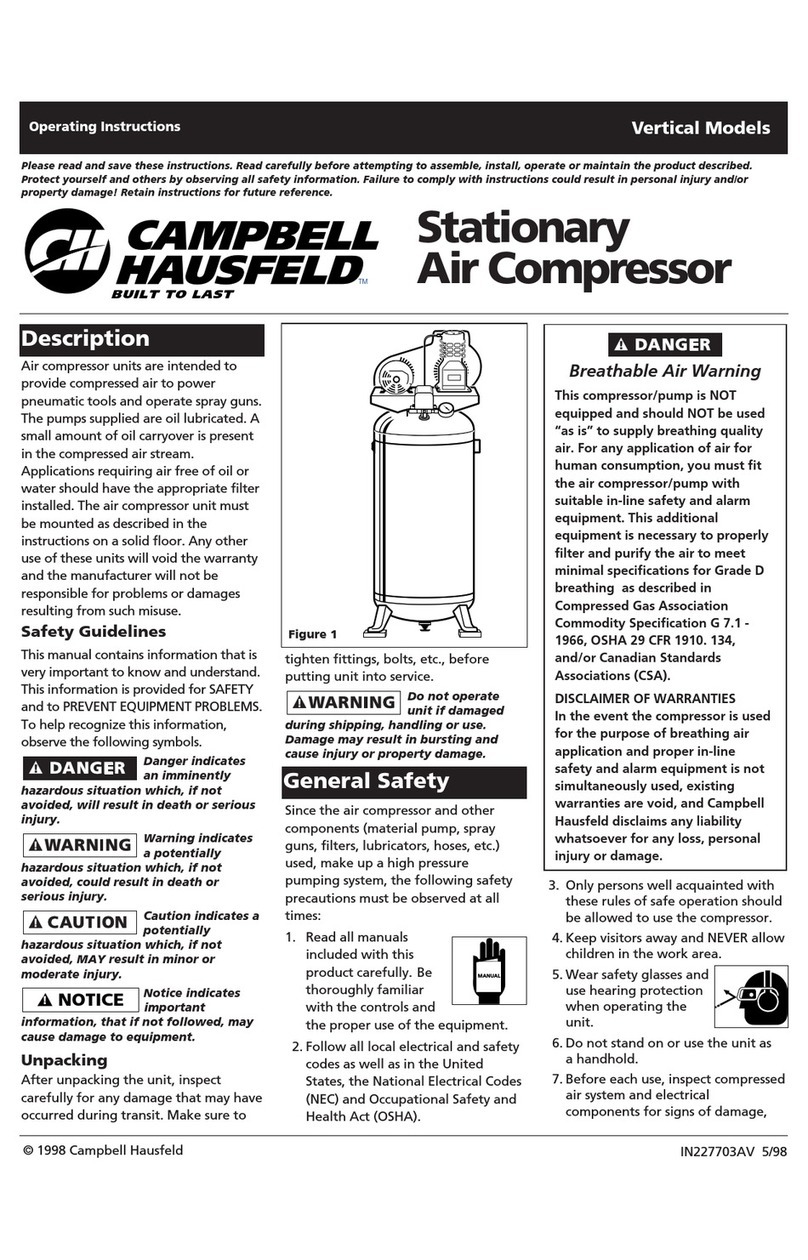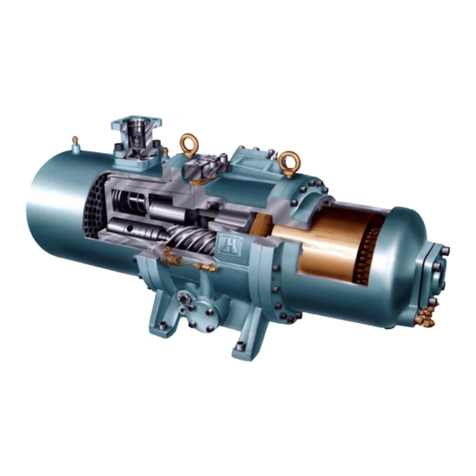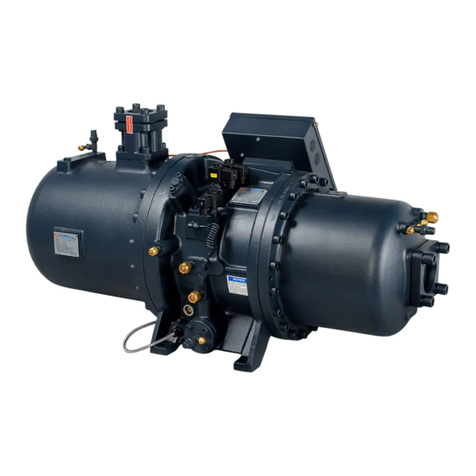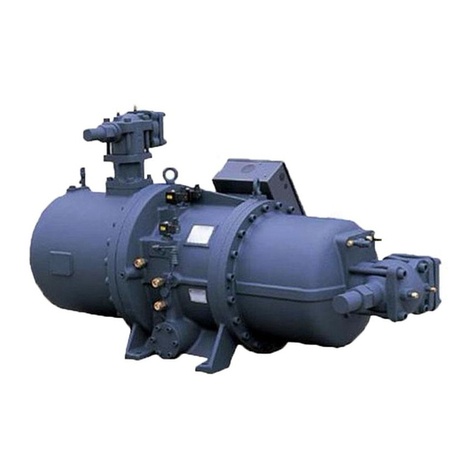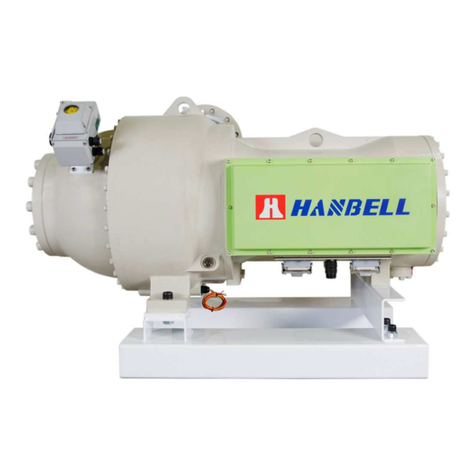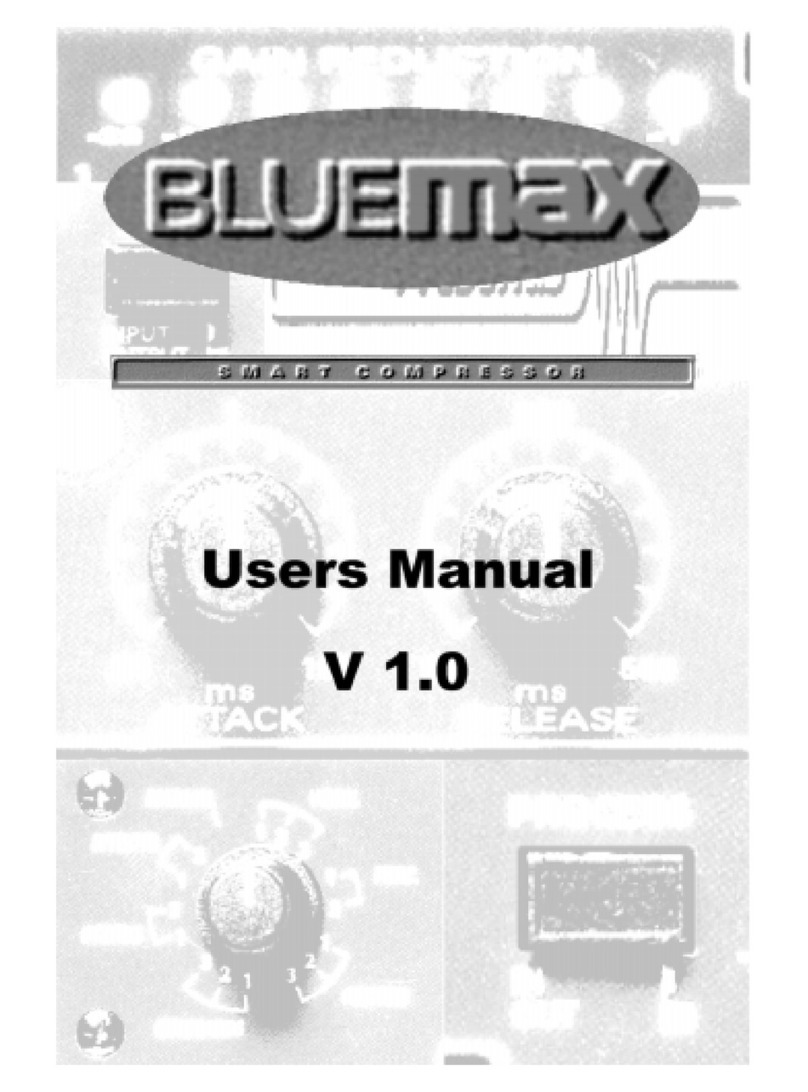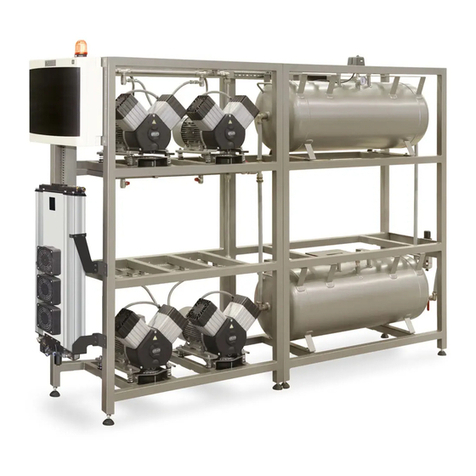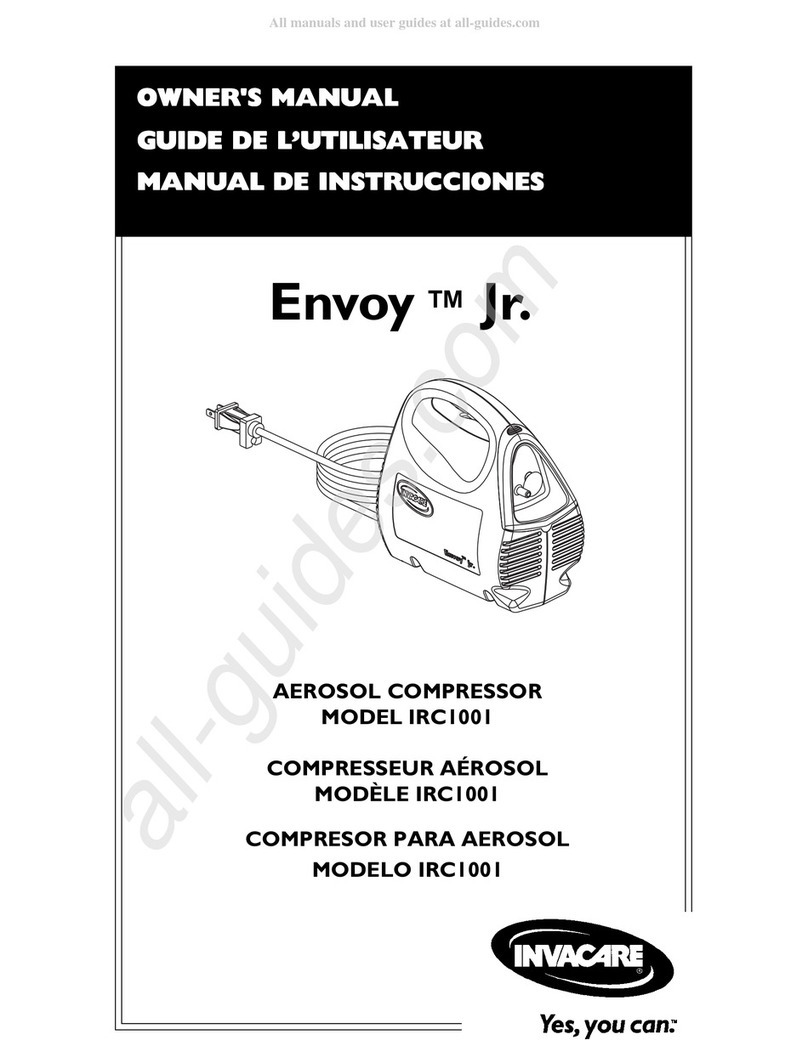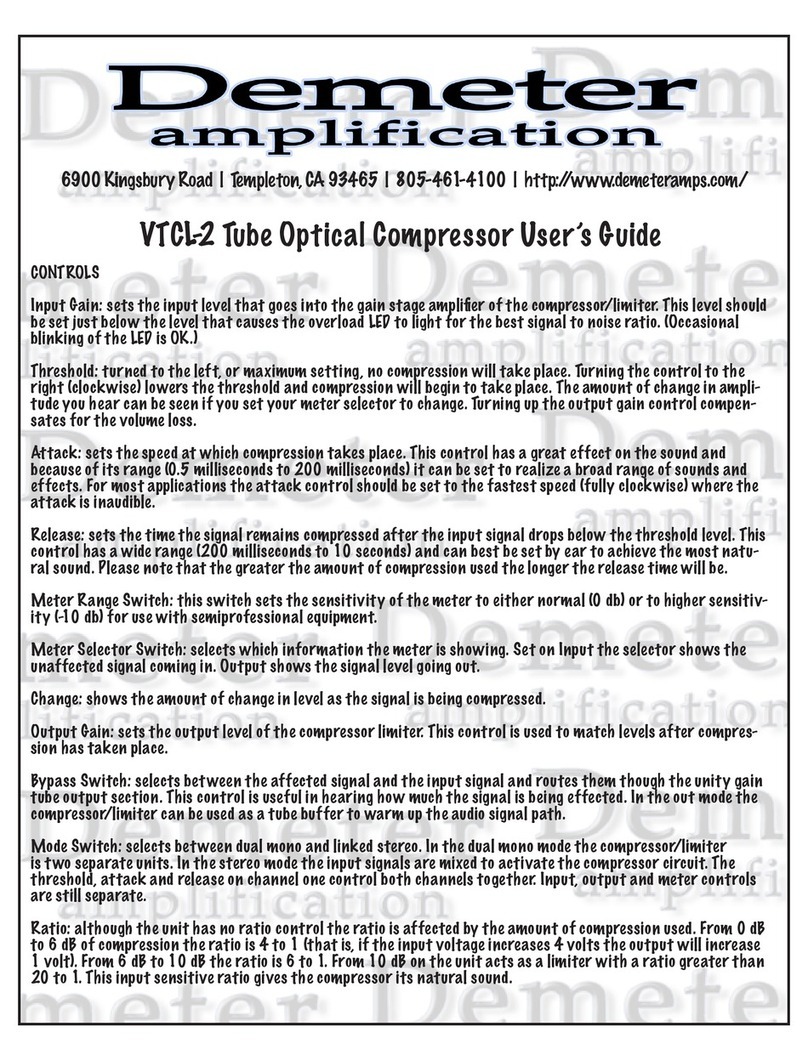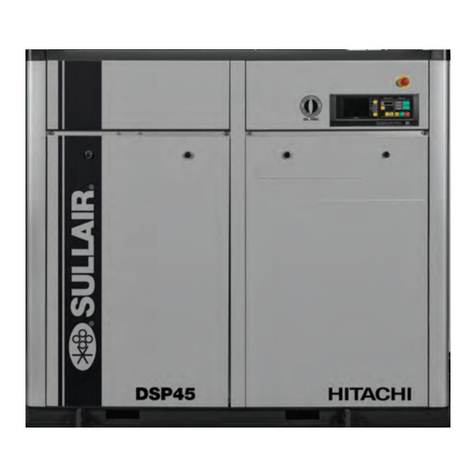
3
2.4 Design features
HANBELL screw compressors feature simple and robust construction by elimination of some components such as
pistons, piston rings, valve plates, oil pumps which are found in reciprocating compressors. Without these components,
screw compressors run with low noise level, minimized vibration, high reliability and durability. HANBELL screw
compressors are of two-shaft rotary displacement design with the latest and advanced 5:6 patented screw rotors.
Screw rotors are precisely installed with roller bearings, i.e. radial bearings at both suction and discharge ends as well
as angular contact ball bearings i.e. axial bearings at discharge end. A three-phase, two-pole squirrel-cage induction
motor drives the compressor. The motor rotor is located on the shaft of male screw rotor. Motor cooling is achieved by
independent motor cooling system.
Compressor technical features:
Full product range- Hanbell provides a variety of high voltage motors, 3300V, 4160V, 6600V, 6000V and 10000V, for
customer’s selection, which are compatible with R22, R134a, R404A, R507A and R407C. Other special working
voltage and frequency are available after consulting Hanbell.
Multinational patents of high-efficiency screw rotors- The new 5:6 high efficiency screw rotor profile is patented in
Taiwan, UK, US, and China. This new large-volume, high-efficiency rotor profile is designed especially for modern
refrigerant characteristics. High-efficiency screw rotors are accomplished by using precision CNC machining centers,
rotor milling machines, rotor grinding machines. Strict ISO 9001 process controlling and the application of precise
inspection equipments, such as ZEISS 3D coordinate measuring machines, ensure high-efficiency, high-quality, low-
noise and low-vibration HANBELL RC2 series screw compressors.
Precise capacity control- Slide valve for capacity control is located in the compressor cylinder. Slide valve is actuated
by oil with solenoid valves.
Wide range of operating conditions- Evaporating temperatures can be between -25℃ and 15℃while condensing
temperatures can be 65 maximum.℃
High-efficiency motors- Premium-grade low-loss core steel with special independent motor cooling design provides
the highest operating efficiency no matter how strict operating conditions are.
Long-life bearings and high reliability- The screw compressors utilize a combination of 10 axial and radial bearings
to ensure longer bearing life and higher compressor reliability.
Double-walled rotor housing- Double casing structure with high strength inner ribs has been designed to minimize
noise and ensure rigidity. The rotor housing is made of high-strength gray cast iron FC25 that is extremely stable,
therefore no expansion will occur even at high-pressure condition. These casings are machined by computer aided
machining centers and inspected by precision measuring machines to enhance reliability.
Perceptive electronics- High Voltage series screw compressors are equipped with PTC thermistors and motor
protection module which could monitor discharge and motor coil temperatures. The oil flow switch and oil temperature
thermistors are optional for your application.
Independent motor cooling and liquid injection- Independent motor cooling and liquid injection to chamber greatly
help heat dissipation in heavy-duty condition.
High Voltage series compressors not only inherit RC2 series compressors’ characteristics of high efficiency & reliability
design mentioned above, but are also designed with the following new advantages to meet customers’ needs:
1. Design the fittest high-efficiency motor for respective refrigerants, operating conditions and applicable power.
2. Dual capacity control provides flexibility in change of control (optional).
3. Floating ECO port design results in partial load effective economizer operation.
